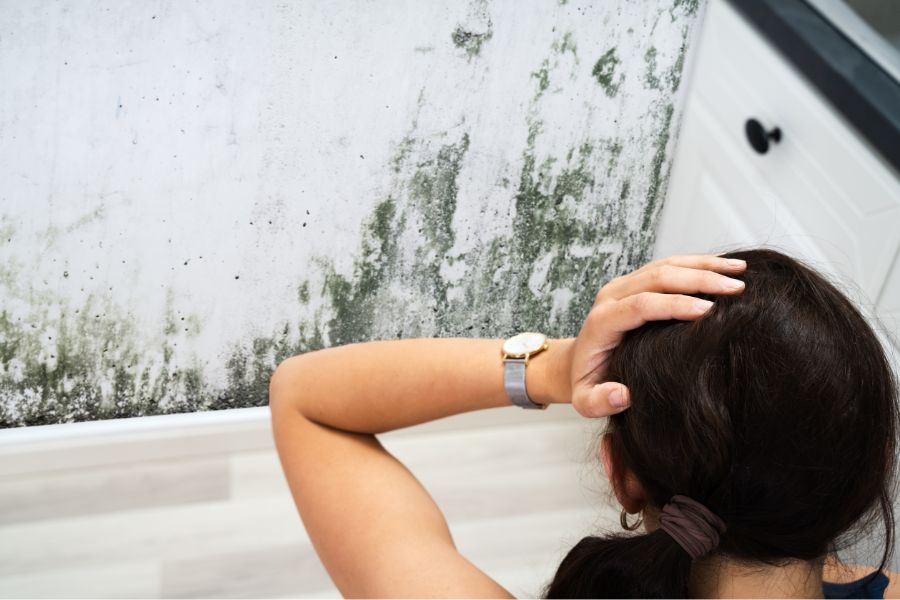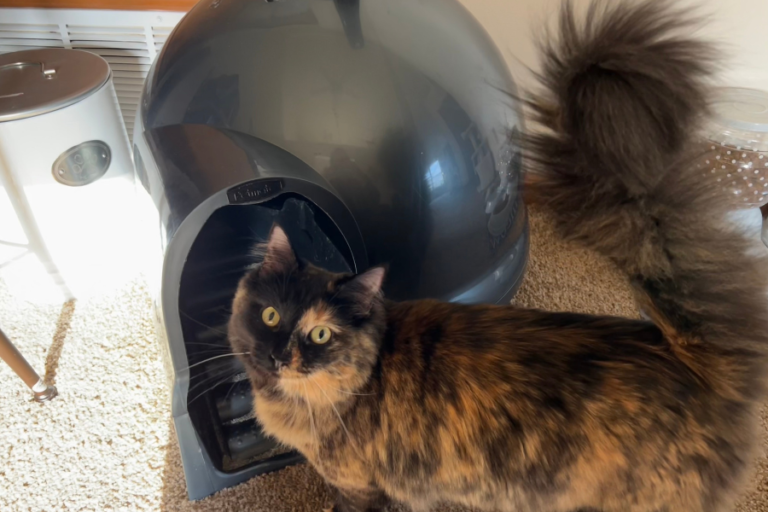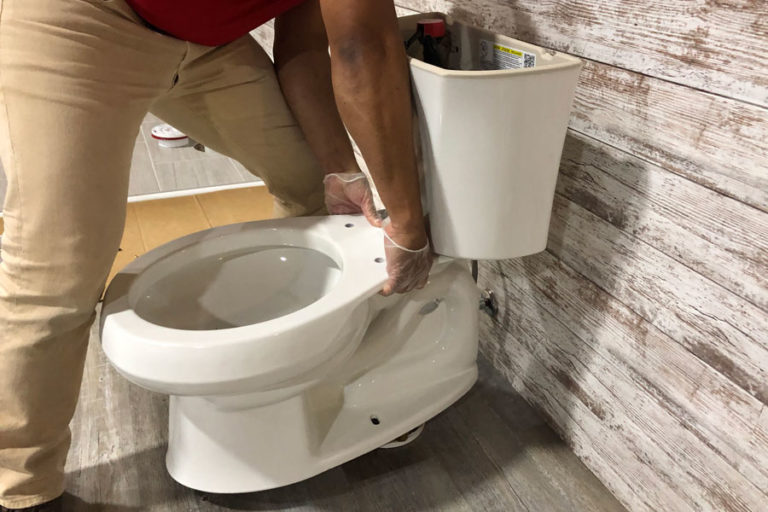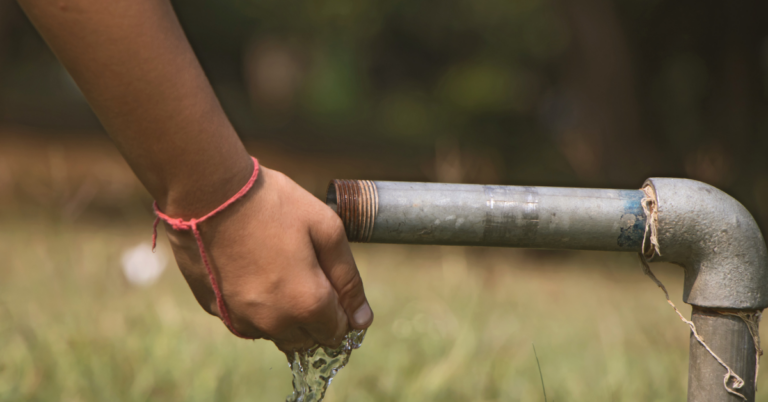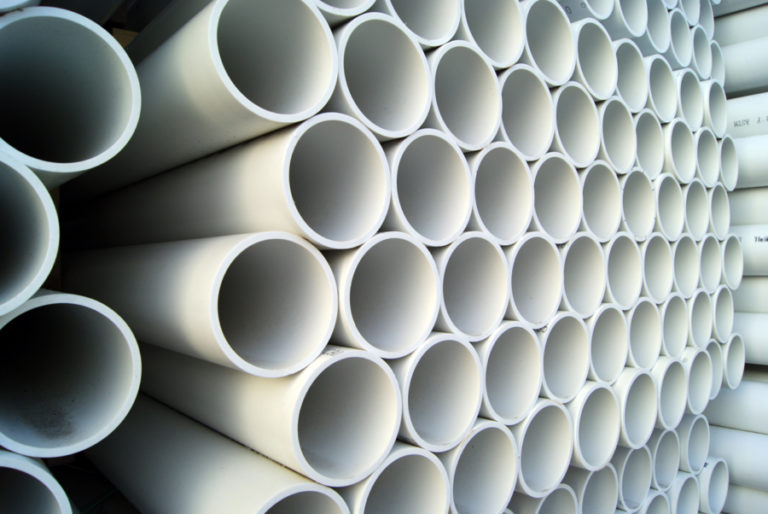How to Prevent Mold From Water Damage
No one wants to deal with mold from water damage. Whether it’s a natural disaster or an underlying issue with your home, water damage is very common. If water damage is not taken care of, it will almost always lead to mold. Luckily there are water damage restoration steps to be taken that can help prevent mold.
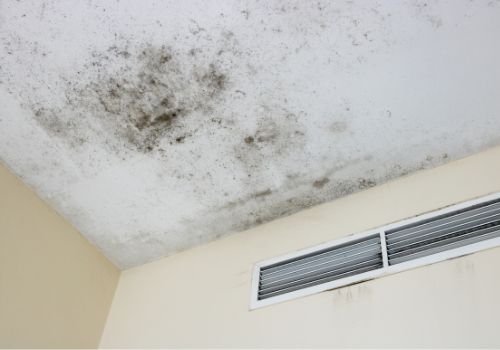
Categories of Mold
There are three categories that mold is filtered into. Identifying which category mold falls into will help you understand how dangerous it is to your health.
Toxigenic
Toxigenic molds are the most dangerous. One of the most well known types of toxigenic molds is Stachybotrys (black mold).
Allergenic
Allergenic molds, as it says in the name, can create problems for people with allergies or asthma.
Pathogenic
Pathogenic molds can cause issues for people with extremely low immune systems.
How Mold Grows
Mold grows whenever there is moisture, so it makes sense why water damage will cause mold. If there is left over moisture from water damage sitting somewhere in your home, there’s a good chance you will get mold. Sometimes mold can be dangerous, and sometimes it’s not. Either way, avoiding mold in the first place is the best option. Unless you’re a mold expert, it is difficult to differentiate from the different types. It’s best to be safe and avoid it at all costs, and hire a professional to remove it.
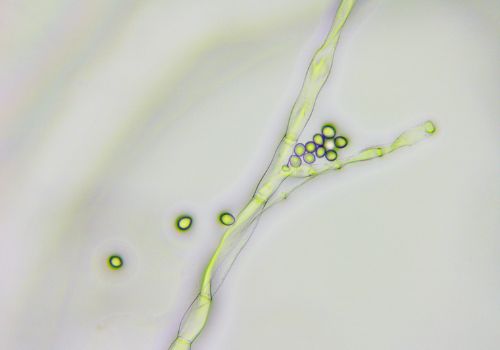
Act Fast to Avoid Getting Mold From Water Damage
The best way to prevent mold is to act fast when you notice any water damage. The quicker you fix the problem, the less likely you’ll obtain mold from water damage.
Water Damage Restoration Steps
Knowing water damage restoration steps to take before the issue happens will allow you to act as fast as possible when you have a problem. Unfortunately, it’s not always going to be possible to know the steps because you notice water damage. That’s why we’re going to break these steps down as simply as possible.
1. Soak up the Water
Removing water is one of the most important steps to prevent mold from water damage. Soaking up the water can be done with a wet vacuum. Wet vacuums will soak up large amounts of water at once. If you don’t have a wet vacuum use towels, rags, and mops to soak up as much water as possible.
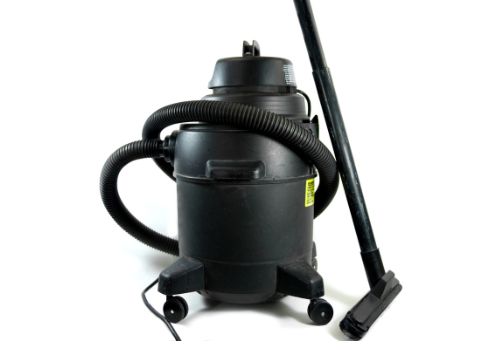
2. Use a Dehumidifier
A dehumidifier will help to dry areas that are more difficult to reach. We recommend turning it on full blast with fans running to help circulate the air flow. Opening windows will also help with this process if weather allows it.
3. Clean and Sanitize the Surface
Cleaning the surface is important because water can soak up into dirt and debris. Removing this will help the drying process even more.
4. Call a Professional
If the damage is bad enough, you may need to call a professional. Sometimes it’s not possible to prevent mold from water damage on your own. It’s not worth risking the mold spreading or the damage getting worse if you aren’t able to fix it.
Final Thoughts
Mold can be dangerous, so it’s better to be safe than sorry. Taking these steps are important and can be very helpful to you and your home. If you have any doubts or concerns, we highly recommend calling a professional. They will make sure the problem is properly taken care of to protect your home and your health.
Call 1-Tom-Plumber
Don’t hesitate to contact us here or call us at 1-Tom-Plumber (1-866-758-6237) if you are in need of a water damage service. 1-Tom-Plumber’s certified team of plumbers and drain technicians respond immediately to any emergency plumbing, drain cleaning, or water damage problem. We also handle the excavation of underground water lines and sewer main lines. Our immediate-response team is available every day and night of the year, even on holidays.

